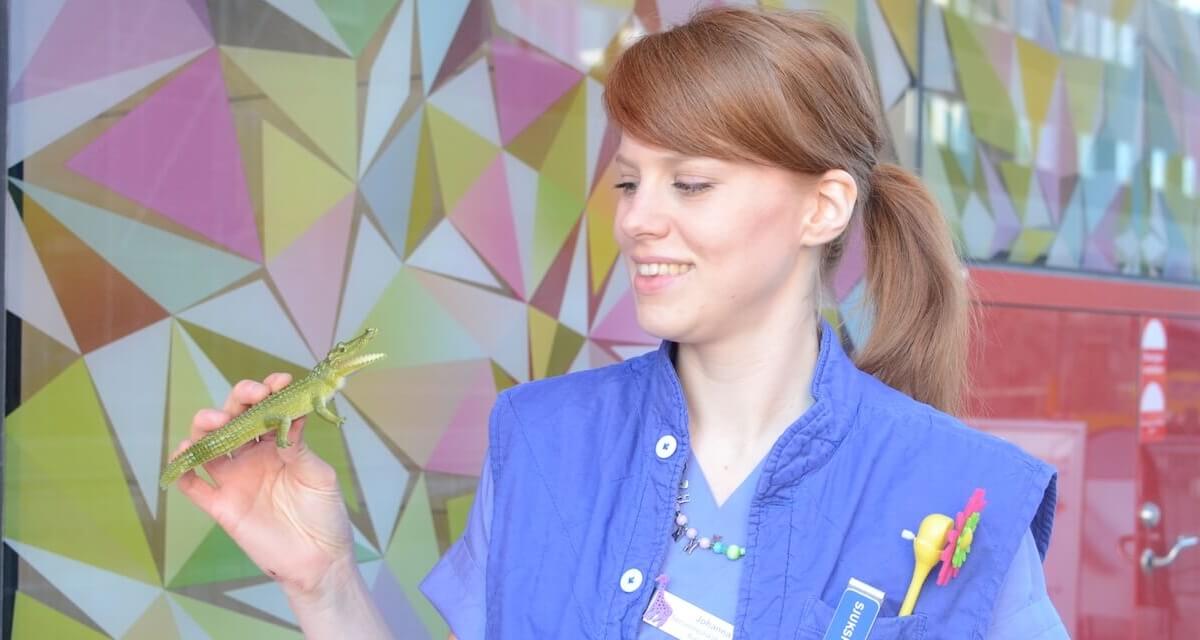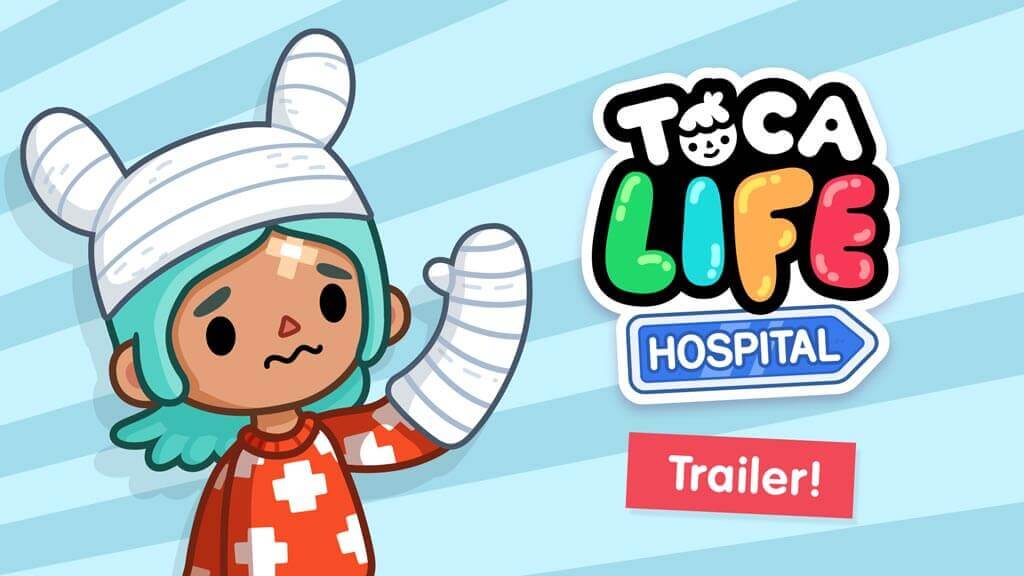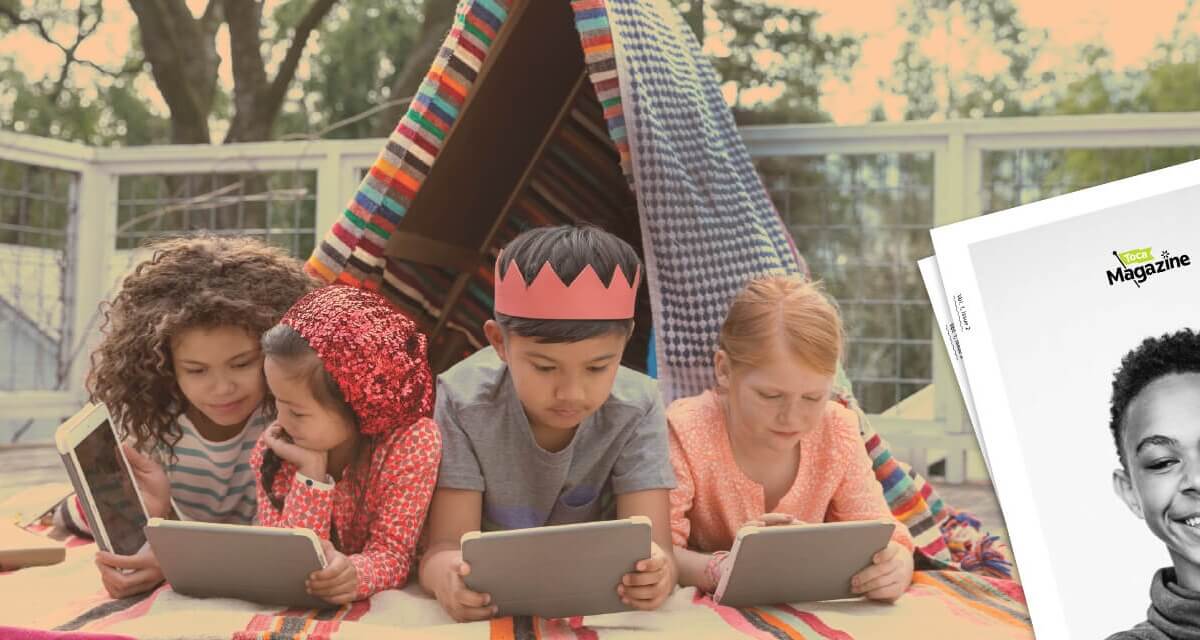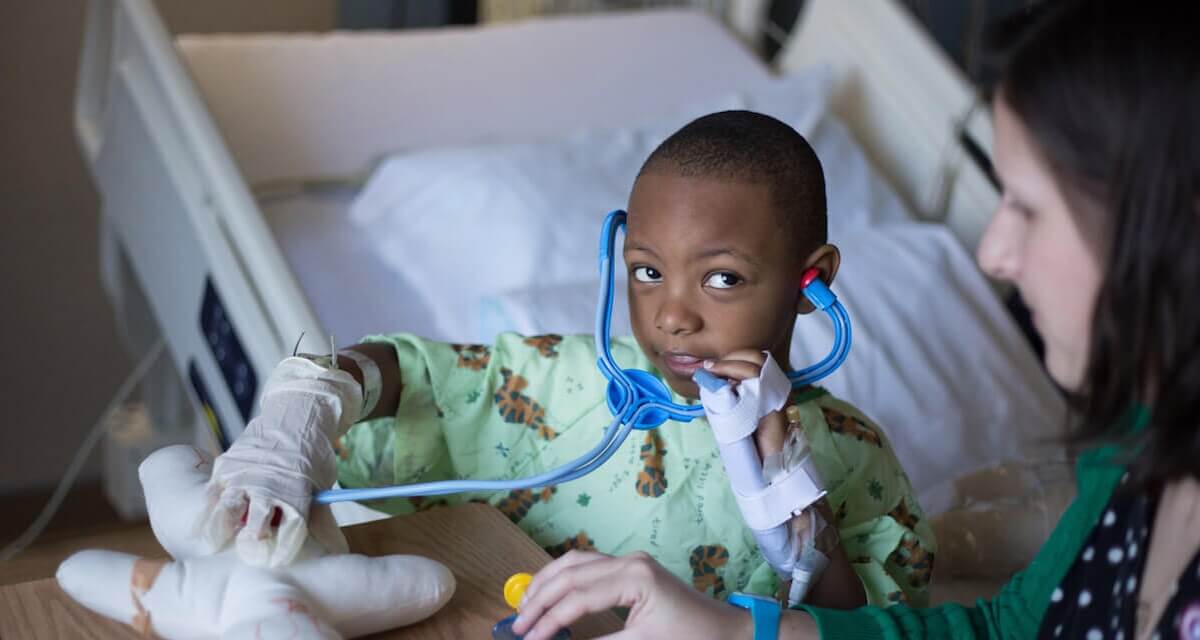Lots of kids say they want to be doctors when they grow up. But for some, the path ends before it begins.
- By
- Parker Barry
When 13-year-old Nina decided that she wanted to become a doctor, she narrowed her choices to neurosurgery or cardiothoracic surgery because, she explained, the brain and the heart are the most important organs in the body.
“If one of those goes down, you’re pretty much dead … and I like saving people,” said Nina, who has settled on neurosurgery.
Despite the many years of education and training ahead — and the fact that 95 percent of neurosurgeons are currently men — Nina is determined.
“This is definitely it, 100 percent,” she said. “I’m not giving up on my dream.”
For Nina, there’s no doubt about it. But for many kids, somewhere along the way their dreams of training for top jobs in health care get sidelined. Other kids may not even imagine those careers as possibilities.
This is definitely it, 100 percent. I’m not giving up on my dream.
Women are half the population but 19% of surgeons
Consider this: Even though women make up half the population, as of 2013 the U.S. had approximately 712,000 male physicians and about 333,000 female physicians. In the operating room, the disparity worsens. Only 19 percent of U.S. surgeons are women.
For many African-American and Latino kids, the road to medical school may end before it even begins. Indeed, fewer black students applied to and enrolled in medical school in 2014 than in 1978. At many schools, math and science classes offered to minority students begin to differ as early as third grade.
“Even if they make it to college, they may not have the preparation required to make them successful enough to meet the academic qualifications for admission to medical and graduate schools,” said Dr. Alma Littles, Senior Associate Dean for Medical Education and Academic Affairs at Florida State University.
FSU is home to a program called SSTRIDE (Science Students Together Reaching Instructional Diversity & Excellence), which supports middle- and high-school students interested in health, medicine, science, engineering and math careers.
Dr. Littles said a teacher’s supportive words made all the difference to her career choice as a young African-American girl.
“It was my second-grade teacher who first said to me, ‘Alma, I think you should be a doctor when you grow up.’ At the time, I don’t even remember if I’d ever seen a doctor, since most of my healthcare — immunizations, treatment for colds, stomachaches and toothaches — had been done by the school nurse. Her words stuck with me, and the fact that she believed in me enough to make the suggestion ultimately served as my motivation to pursue the dream.”

Only 15% of kids can solve the surgeon riddle
Beyond academic barriers, can kids’ perceptions of who works certain jobs affect their career aspirations? If your daughter sees only male surgeons on TV, does that impression remove surgery from her perceived career options? What if your son wants to become a nurse, but the only nurses he knows are women?
One revealing study asked 103 kids age 7 to 17 and 197 college students to solve this riddle: A father and son are in a horrible car crash that kills the dad. The son is rushed to the hospital; just as he’s about to go under the knife, the surgeon says, “I can’t operate — that boy is my son!” Explain.
Only 15 percent of the kids and 14 percent of college students came up with the correct answer: The boy’s mom is the surgeon.
Boston University Professor Deborah Belle, a co-author of the study, said unconscious ideas called schemas create blind spots in adults and children. In the case of the riddle, the unconscious idea is that “a surgeon is probably a man.”
While schemas can be an important tool for the brain to quickly organize ideas, they can “lead to trivial or profound errors often,” Belle said.
The landscape is changing
But there’s hope. The landscape of a more accessible path to health-care careers at all levels of education is beginning to change. Kids have more:
- Female role models. Because more women than men are now pediatricians, more kids’ first physician role model will be a woman. Out of 87,000 pediatricians in the U.S., more than 50,000 are women.
- Media examples. From Doc McStuffins to Sid the Science Kid, there are more diverse, science-oriented characters than ever.
- Career support. In addition to the SSTRIDE program, there are many school-based programs around the U.S. that introduce young people to medical careers, and even more that are available to support women and minorities in college, medical school and professional life.
What do kids say about their goals?
Kids provide us the most hope of all. Toca Magazine asked six future doctors, diverse in gender and ethnicity, why and how they want to achieve this goal. Read their inspiring answers:
- Krish, 10: “I’ve wanted to be a neurosurgeon since I was 6 or 7, because I felt bad for kids who have brain tumors or brain cancer.”
- Kaitlyn, 10: “I want to be able to do surgery, be the head person making my decisions … I want to be able to help people and change their lives.”
- Aarnav, 9: “I just want to give health care to poor people in other countries and here in America.”
- Gauri, 5: “I want to be a surgeon doctor. It’s not bad to go to the doctor because doctors take care of people.”
- Azriel, 10: “My grandma showed me medicines and what they were used for and talked to me about being a doctor. She helped raise me while my mom was at work.”
- Gabriella, 14: “I’ve had some people say ‘That’s a lot of school, it’s not really worth it.’” But she says, “Working hard and helping people will be worth it.”







